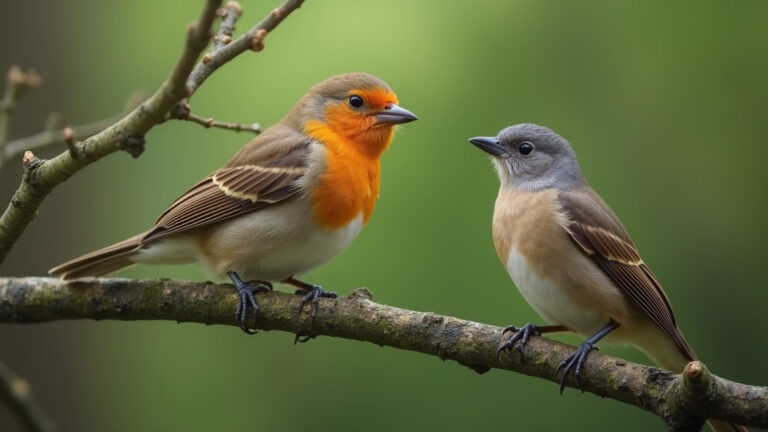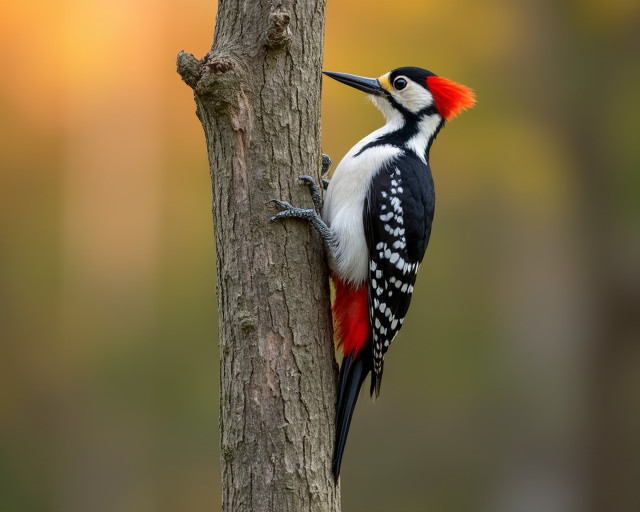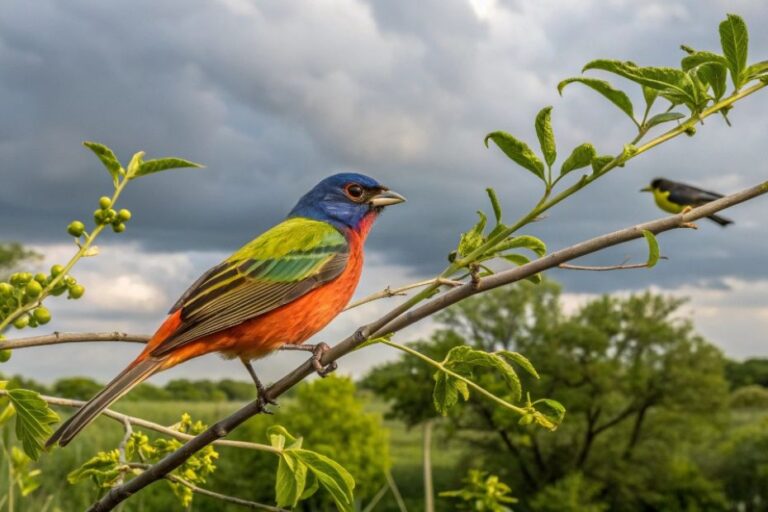Rare Bird Sighting California: Unveiling Feathered Gems
A rare bird, the Yellow-billed Loon, was recently spotted in Northern California. This sighting has excited birdwatchers and nature enthusiasts alike.
California, a state known for its diverse habitats and climates, is a haven for birdwatchers. From the dense forests of the Sierra Nevada to the sprawling coastlines, the state offers a plethora of opportunities for observing a wide variety of bird species.
The recent sighting of the Yellow-billed Loon, a species rarely seen in this region, highlights the state’s significance as a critical habitat for migratory and rare birds.
Such occurrences provide invaluable data for ornithologists and contribute to the growing interest in bird conservation efforts. As word of this rare sighting spreads, more enthusiasts are likely to flock to the area, hoping to catch a glimpse of this uncommon visitor.
Table of Contents
Spotting The Unseen: Rare Birds In California
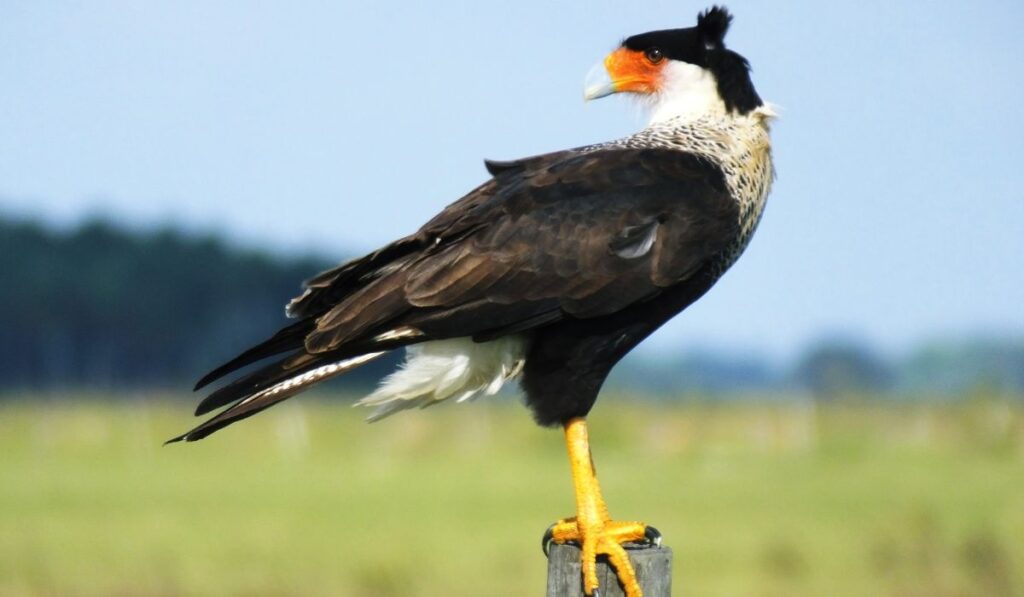
California offers a treasure trove of feathered wonders. Bird enthusiasts flock here for a glimpse of the rarest birds. This blog unveils secret spots for spotting these elusive beauties.
The Lure Of Rarity
Rare birds evoke a sense of excitement. Birdwatchers yearn for that unique sighting. It’s the thrill of the chase. Spotting a rare bird can be a once-in-a-lifetime event. Such moments become treasured memories.
California’s Unique Habitat
California’s landscape is diverse. This diversity creates perfect homes for rare birds. From coastal areas to inland deserts, each habitat supports different bird species. Birders can explore lush forests, wetlands, and rugged mountains. These habitats are crucial for endangered species to thrive.
- Coastal Wetlands: Home to the elusive Clapper Rail.
- Sierra Nevada: High altitudes where the Black-backed Woodpecker lives.
- Deserts: Where the rare Lawrence’s Goldfinch can be seen.
Every habitat in California offers a unique birdwatching experience. Seekers of rare birds will find these places rewarding. Each sighting contributes to bird conservation efforts. It brings awareness to the importance of protecting these habitats.
Historical Sightings And Their Impact
The skies of California often present a vibrant tapestry of avian life, but occasionally, that pattern is punctuated by an extraordinary rarity.
Such historical sightings of rare birds not only stir excitement among birdwatchers but also leave a lasting imprint on the conservation narrative and scientific research.
These moments become milestones, marking the rich avian history of the region and underscoring the importance of preserving these winged wonders for future generations.
Record Breakers
California’s birding annals are replete with instances where birders have been left in awe. Take, for instance, the unexpected appearance of a Siberian Accentor in 2016, which drew enthusiasts from across the country.
Each record-breaking sighting fuels a surge in birding activity, spotlighting the state as a biodiversity hotspot.
- 1985: A Red-footed Falcon, native to Eurasia, visits California.
- 1991: The sighting of a Crested Caracara in San Bernardino becomes a sensation.
- 2016: A Siberian Accentor in Shasta County sets the birding community abuzz.
Conservation Catalysts
Rare sightings can act as catalysts for conservation efforts. The presence of an unusual species often leads to increased awareness and protective measures. For instance, the discovery of the endangered California Condor in remote areas has galvanized habitat protection initiatives.
| Year | Species | Conservation Outcome |
|---|---|---|
| 1987 | California Condor | Captive breeding program begins |
| 1996 | Yellow-billed Cuckoo | Critical habitat designation |
Key Species To Watch For
California teems with bird enthusiasts eager for rare sightings. The state’s diverse habitat welcomes unique species. Birdwatchers, grab your binoculars. Two birds stand out for their rarity and allure.
The Elusive California Condor
The California Condor soars through the skies as a conservation icon. Once near extinction, these majestic birds now symbolize hope. Their impressive nine-foot wingspan captivates onlookers. Spotting one is a memorable event.
- Location: Look in the rocky shrines of Pinnacles National Park.
- Identification: Their bald head and massive wings are unmistakable.
- Conservation: Efforts continue to grow their numbers.
The Mysterious Black Rail
The Black Rail remains a mystery to many. These tiny birds prefer the cover of darkness. They inhabit dense marsh vegetation. Their calls often reveal their presence before a rare visual encounter.
| Feature | Description |
|---|---|
| Size | Very small, sparrow-sized |
| Habitat | Coastal wetlands, elusive during the day |
| Sound | Distinctive ‘kic-kic-kic’ call at night |
These birds are nature’s treasures. Their sightings are moments of joy for bird lovers. Keep an eye and an ear out for these avian wonders.
Read More: Attracting Songbirds To Your Backyard: 6 Special Idea
Where And When To Look
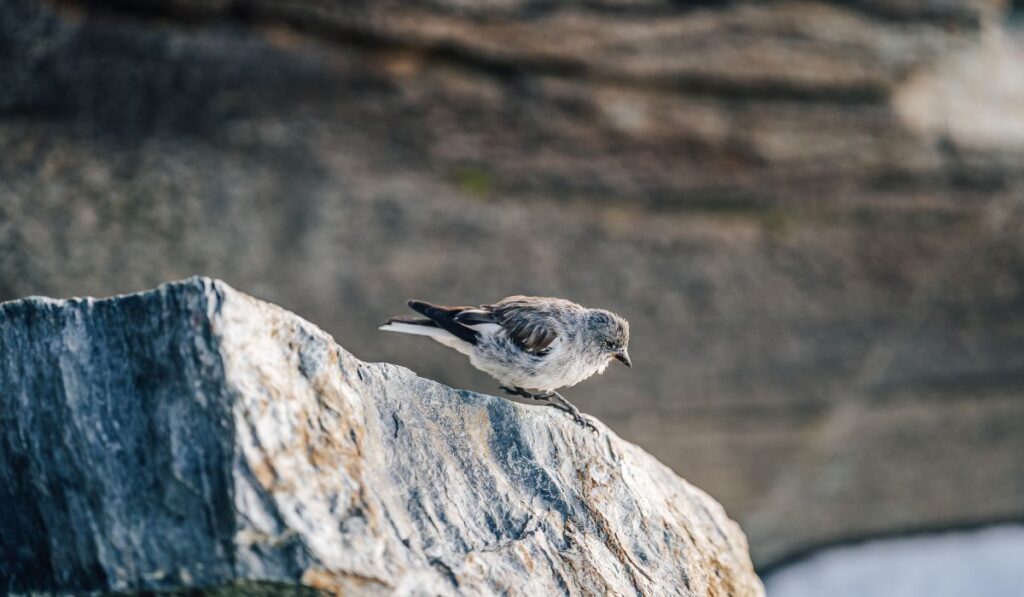
California’s skies host a spectacular array of feathered travelers. Bird enthusiasts eagerly anticipate rare sightings. Knowing the optimal locations and times is crucial for the best birdwatching experience.
Seasonal Migrations
Bird migration peaks during spring and fall. These periods offer a chance to witness rare species in transit. Coastal areas become alive with diverse flocks.
- Spring (March-May): Warblers and songbirds fly north.
- Fall (August-November): Shorebirds and raptors head south.
Hotspots For Birders
California boasts numerous birding hotspots. Each offers unique opportunities for rare sightings.
| Location | Best Time | Rare Finds |
|---|---|---|
| Point Reyes National Seashore | Year-round | Blue-footed Booby |
| Salton Sea | Winter | Yellow-footed Gull |
| Yosemite National Park | Summer | Great Gray Owl |
Gear And Preparation
Spotting a rare bird is an exciting event for any birdwatcher. Proper gear and preparation can make the experience even more rewarding. Let’s explore what you’ll need for a successful birdwatching adventure in California.
Essential Equipment
To start your birdwatching journey, the right equipment is key. Ensure you have these:
- Binoculars: A must-have for clear, close-up views.
- Field Guide: Helps identify species and understand behaviors.
- Camera: Captures sightings without disturbing birds.
- Notebook: Records details of your observations.
- Weather-Appropriate Clothing: Keeps you comfortable outdoors.
Ethical Bird Watching Practices
Enjoy birdwatching responsibly. Follow these practices:
- Keep Distance: Avoid stressing birds by staying back.
- Respect Habitat: Leave no trace and protect their environment.
- Limit Use of Playback: Use sparingly to prevent disturbing birds.
- Share Sightings Wisely: Be mindful of sharing locations to prevent overcrowding.
Photographing Rare Birds
The thrill of capturing a rare bird on camera draws many to California’s diverse habitats. From coastal marshes to inland forests, photographers find unique opportunities here. This guide focuses on techniques and ethics in bird photography.
Techniques For The Perfect Shot
- Use the right equipment: A DSLR with a telephoto lens captures birds from afar.
- Understand your camera settings: Adjust shutter speed, aperture, and ISO for sharp images.
- Master the art of patience: Wait quietly for the perfect moment to photograph.
- Know the bird’s behavior: Anticipate actions for dynamic shots.
- Use natural light: Early morning or late afternoon light enhances photos.
- Practice composition: Frame the bird with its environment for context.
Respecting Their Space
Keep a safe distance: Use your lens to get close, not your feet. This reduces stress on birds.
Avoid disturbance: Move slowly and quietly to avoid scaring birds.
Respect nesting areas: Never approach nests, as this can endanger chicks.
Follow guidelines: Adhere to local rules and regulations for wildlife photography.
Share responsibly: When posting photos online, consider the safety of the birds.
Conservation Efforts And Success Stories
Conservation Efforts and Success Stories shine brightly in California. These efforts help rare birds thrive again. Let’s dive into the successes.
Recovery Programs
Recovery programs are key to bringing birds back. Experts work hard to protect these birds. They create safe homes and enough food for them.
- Protecting Habitats: Safe places for birds to live.
- Breeding Programs: Help increase bird numbers.
- Monitoring: Scientists keep an eye on bird populations.
Community Involvement
People play a big role in bird conservation. Everyone can help.
- Volunteering: Join groups that protect birds.
- Educating: Learn and teach others about birds.
- Supporting: Give to conservation groups.
Success stories inspire us all. The California Condor is one example. Once near extinction, now flying free thanks to these efforts.
Joining The Community Of Birdwatchers
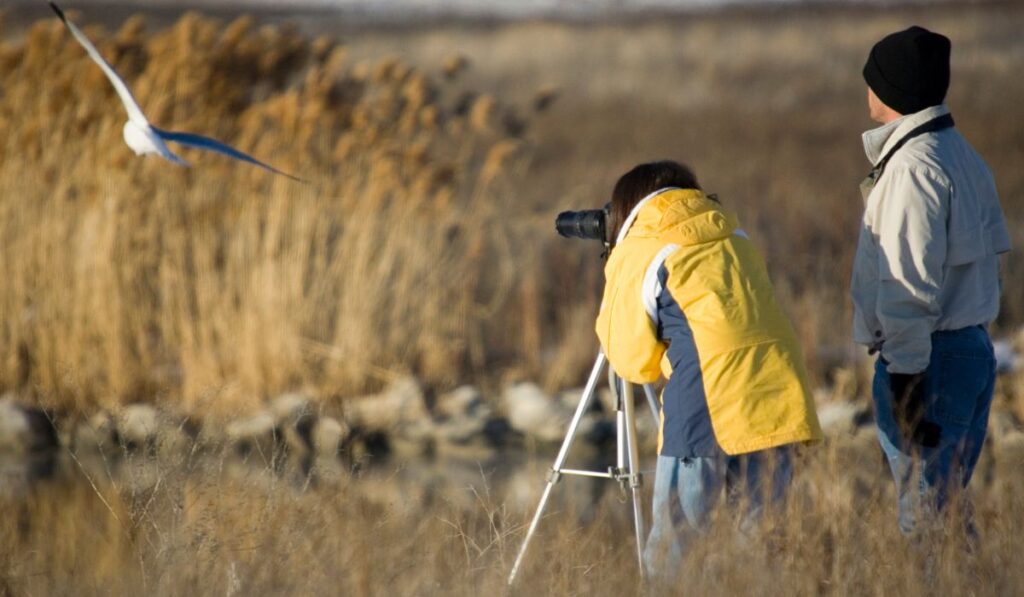
Joining the Community of Birdwatchers unlocks a world of rare bird sightings. In California, the thrill of spotting an elusive species excites both novices and experts. Connect with fellow enthusiasts to share experiences and knowledge. Discover local clubs and online resources that bring birdwatchers together.
Local Clubs And Societies
Local clubs offer field trips and expert guidance. Meet like-minded people and learn about bird habitats. Societies often hold monthly meetings and talks by ornithologists. They welcome all skill levels.
- Monthly field outings: Experience guided birdwatching trips
- Educational programs: Learn from seasoned birders
- Conservation efforts: Participate in bird habitat preservation
Online Resources And Forums
Digital platforms provide tools for bird identification and discussion. Share photos, sightings, and tips with an online community. Use forums to stay updated on rare bird alerts.
| Resource Type | Benefits |
|---|---|
| Identification Apps | Quickly identify birds on the go |
| Online Forums | Discuss sightings with global birders |
| Social Media Groups | Connect with local birdwatching communities |
Frequently Asked Questions
What Birds Are Recently Spotted In California?
Rare avian enthusiasts were thrilled by the recent sighting of a California Condor, a species once near extinction.
Where Can Birdwatchers Spot Rare Species In Ca?
Birdwatchers have reported rare sightings at national parks and wildlife refuges, especially in remote, conservation-focused areas.
How To Report A Rare Bird Sighting In California?
Observers should contact the California Bird Records Committee or use eBird, an online database for bird observations.
When Is The Best Time For Rare Bird Sightings?
Migration periods, particularly spring and fall, are prime times for spotting rare birds as they travel through California.
Conclusion
As we wrap up, remember that California’s skies are a treasure trove for bird enthusiasts. Spotting a rare bird is a moment of magic, a blend of timing and luck. Keep your binoculars ready and your eyes peeled. Happy birding, and may your searches be fruitful!
Reference:
https://wildlife.ca.gov/Conservation/Birds
https://data.ca.gov/dataset/rare-bird-richness-ace-ds2711


